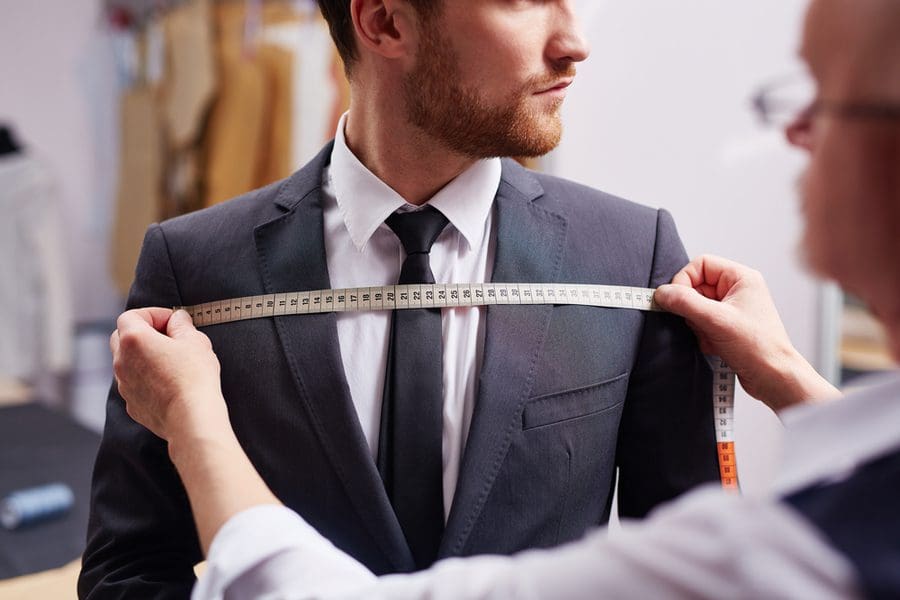More men find custom digital tailoring not only prudent during a pandemic but also desirable for its efficiency and creative potential. Traditional custom tailors who once refused a Web presence now are courting clients with Zoom design consultations and videoconferencing fabric selection. Increasingly we’re seeing digital fit adjustments, although some old-school tailors insist in-person measuring can’t be replaced. Then there’s pricing that can be a steal. E-commerce ordering lets customers tweak existing patterns and personalize attire with optional addons at low, low costs.
Attractive prices are available because some online tailors are using factory production in place of the more meticulous—and expensive—handwork that goes into a traditional bespoke suit. That can be just the ticket for the man who wants to get into classic menswear tailoring that’s more stylish than he’d find at the mall.
Digital tailoring relies on video chat.
Innovation in custom digital tailoring mainly focuses on bringing the process online, and today most steps can happen virtually. Tailors’ newfound reliance on video calls is leading the transition. Designers are using video calls to present suit styles and swatches and let you see textures of the garments and how they would match.
The one area of online tailoring that’s been slow to win widespread acceptance is body-scanning technology that lets tailors measure a man remotely. Skeptical traditionalists say the technology of digital measuring still does not match a lot of clients’ expectations and isn’t sensitive enough to read an individual’s preferences. One customer may have a different opinion from another on what makes a slim-fit suit. The skeptics say humans are a lot better at reading a customer’s requirements.
Customizing from smartphone photos.
But for those who are ready to try, Knot Standard in New York relies on an artificial intelligence program to model a client’s body shape from smartphone photos sent in by the customer. Another tailor using a similar technology is Alton Lane. This company, however, scans customers in person at by-appointment showrooms in Nashville, Boston and Dallas. Both tailors create a pattern based on a client’s exact measurements.
Other tailors are moving toward made-to-order programs that let the buyer modify existing patterns. These tailors start with a standard-size suit pattern and allow the customer to tweak it for themselves. Shoppers at Toronto’s Spier & Mackay can adjust to make the pattern fit better and even modify style details.
The traditional trip to visit the tailor and sit for countless fittings may have been falling by the wayside before the pandemic as more men shopped online. Now social distancing is speeding the move even further away from the intimate tailor setting.
Planning the purchase of a custom suit or sport coat can require lengthy consultation poring over swatches and debating design details. Video chats relieve everyone—both buyer and seller—who don’t want to spend a lot of time immersed in close contact. If going somewhere to shop seems a little daunting and you need a special suit for a special event in the future, remote tailoring can be the answer to finding a custom fit that’s tailored for you.






